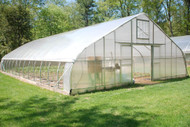Are you ready to add a new high tunnel to your farm, but not sure where to build? Where you locate your high tunnel can be a significant factor in the success of your growing operation. Here are some key questions to consider when choosing a site for your greenhouse or high tunnel.
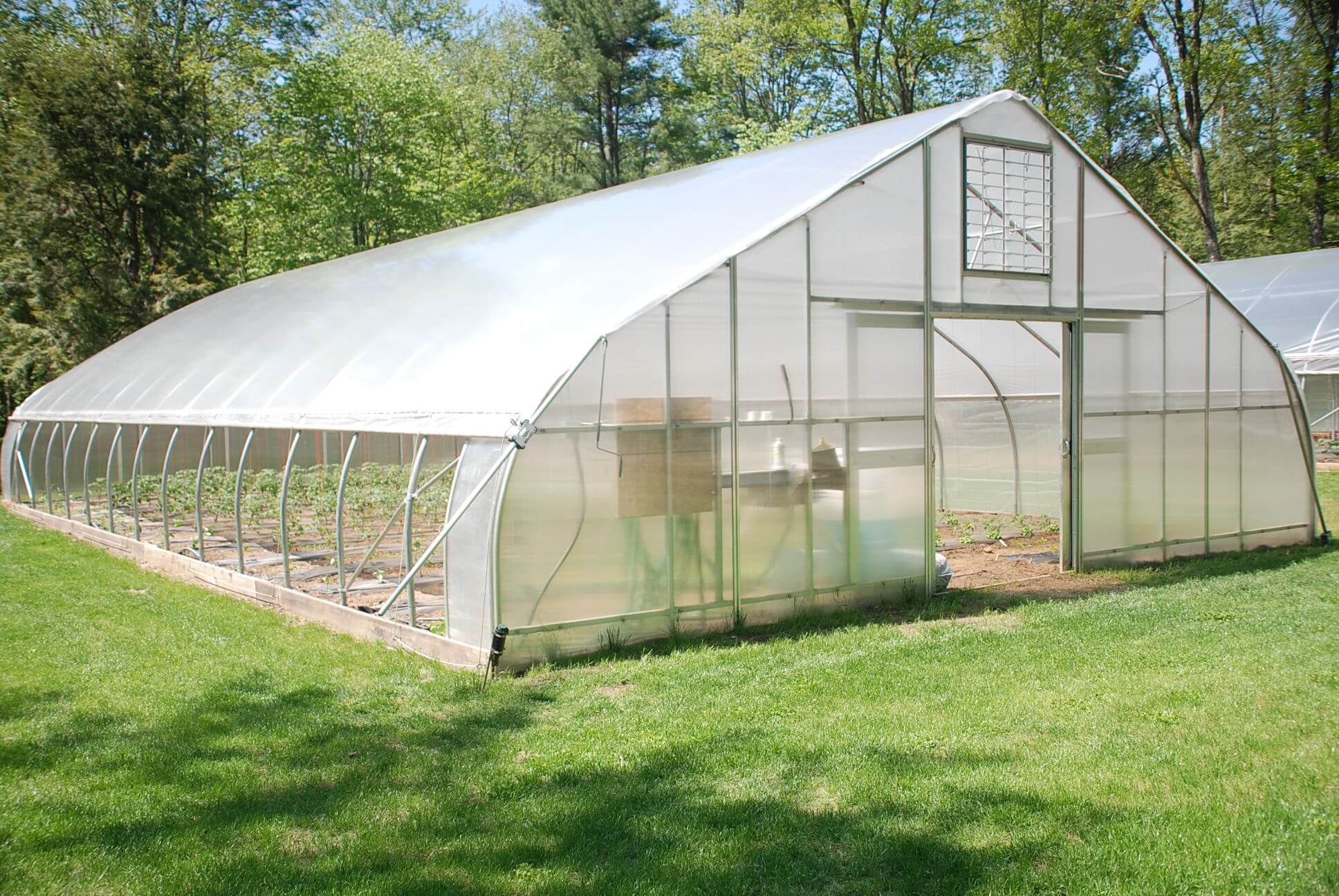
Is Your Site Level?
Having a level site is important, both to retain the strength of your tunnel and to support optimal growing conditions. The site should be level both side to side and front to back. Rimol recommends a maximum 1.5 to 2% grade between the ends of your structure (so on a 96’ tunnel, this would be a less than 2’ difference in elevation from the front to the back of the house). Any more slope can cause construction challenges and drainage issues.
Coming from New England, we know that level land is often in short supply – but evening out your site will pay off in the long run. It's always easiest and cheapest to do the site work before you build, rather than dealing with problems during construction or even after you start growing. Check out our video with Rimol’s John Wells and Adam Earle below to learn more about the importance of a level site.
Is Your Site Rocky? What Kind of Soil Do You Have?
Again, we know in New England and many other parts of the country, rocky soil is common. Some rocks are okay, but you may struggle installing your ground posts if many large rocks are present. To optimize ground post installation, we recommend trenching your site and backfilling with stone-free soil.
If you are growing in the ground, your soil is your success! Get a soil test done in the area where you are thinking of building your high tunnel. Different soil conditions can exist even in close proximity, so a few feet one way or the other can have an impact on your crop yields.
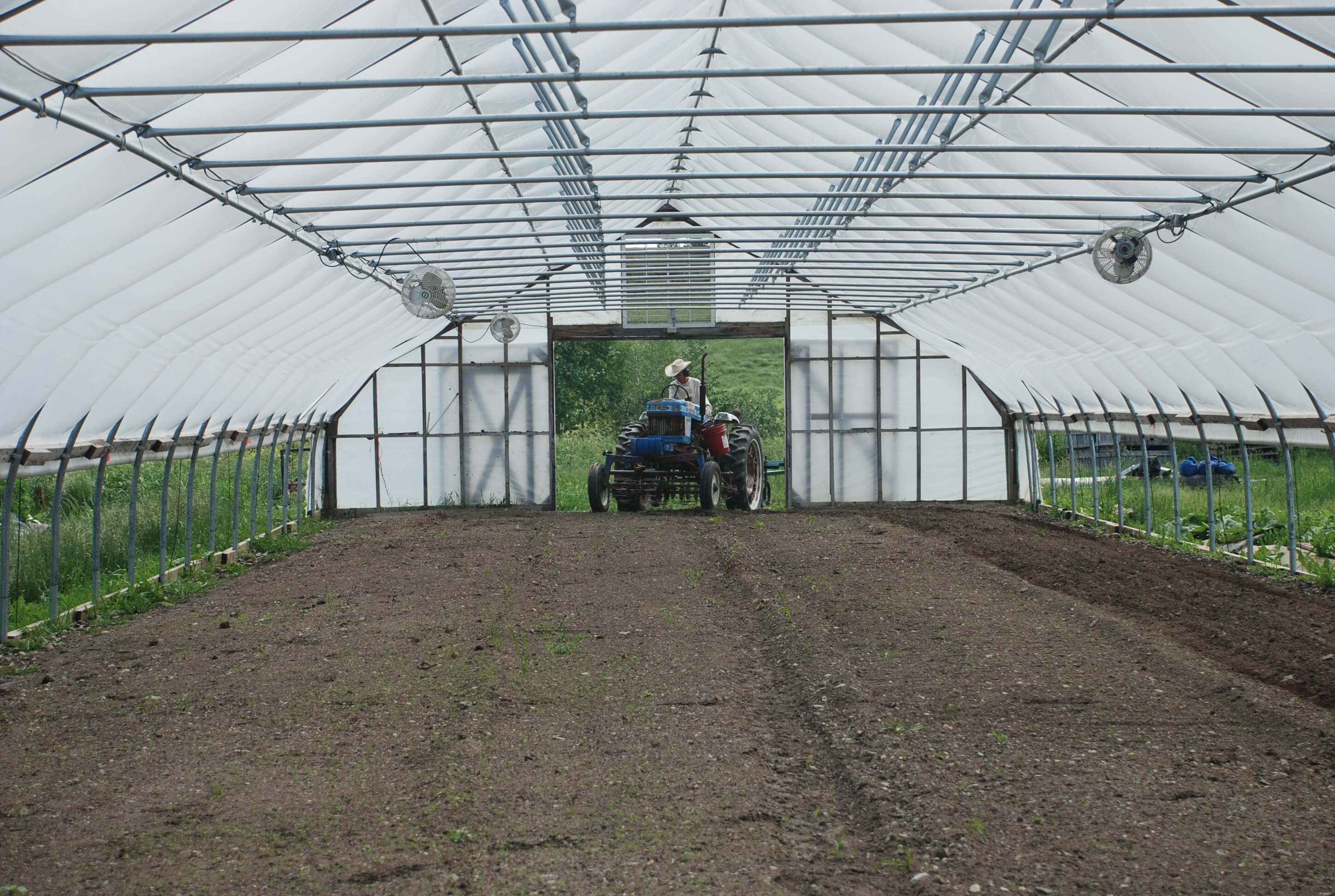
How Much Sun Will Your Tunnel Get?
Sun exposure is an important consideration for your high tunnel site selection. Look at your site at different points throughout the day to make sure that the tunnel won’t be hit by heavy shadows from trees or buildings during a significant portion of the day. Winter is a good time to check this, when the sun is lowest in the sky.
How Will You Manage Utility and Water Access?
Do you need electricity in your tunnel? How will you get water to your crops? Do you need to move equipment in and out of the tunnel? Make sure that you have a plan in place for utility and water access.
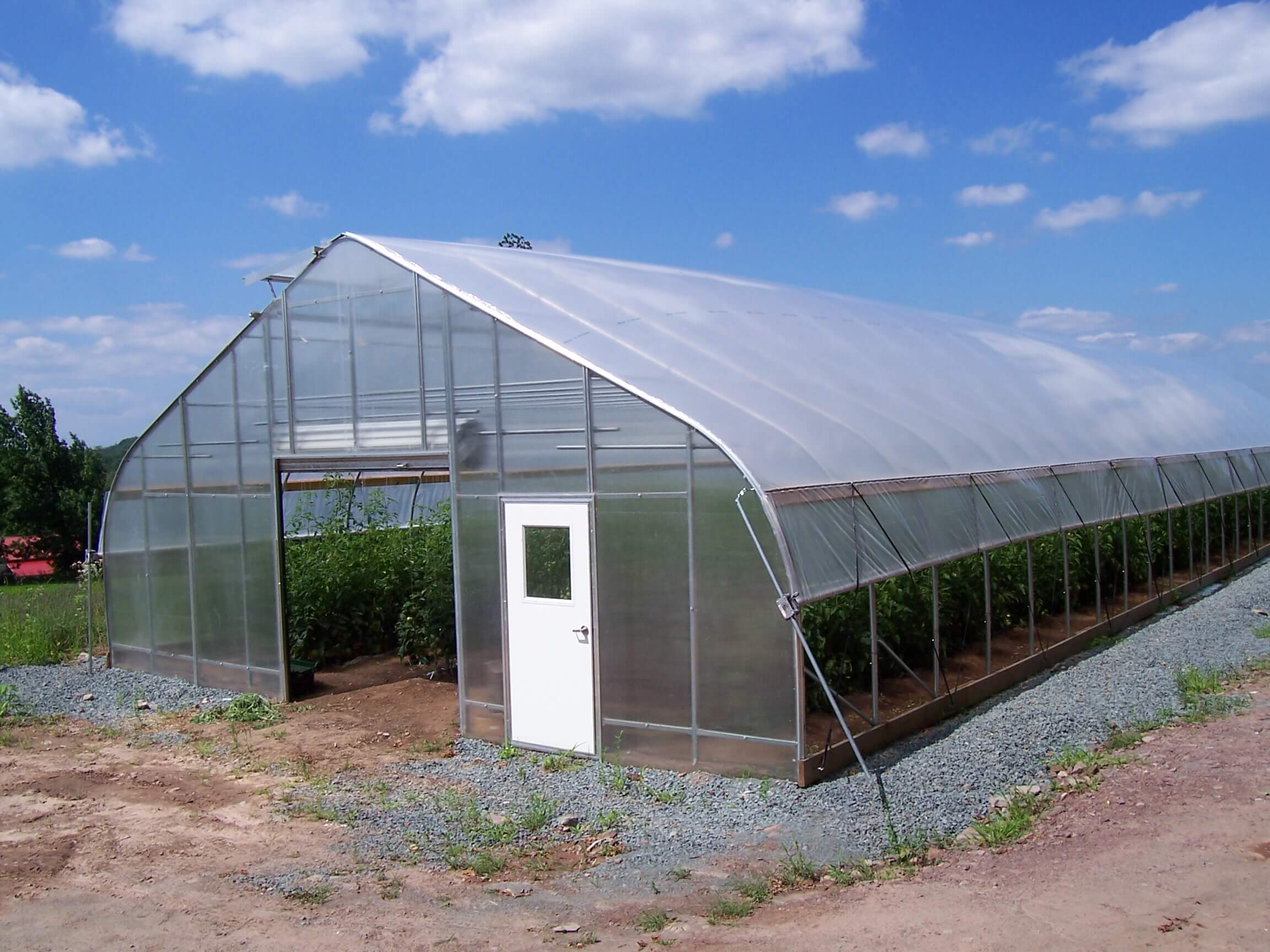
Do You Have Other High Tunnels or Plans for Future Expansion?
If you already have existing high tunnels on your property, or if you are planning to build more high tunnels in the future, it is important to make sure that you leave enough room in between structures. Typically, we recommend at least 12-20 feet in between high tunnels on the sides.
This is for a few reasons:
- Snow slide: If you are in an area where it snows, it is important to leave enough room for snow to slide off the roof of your high tunnel and pile up on the ground without hitting the next structure over or building up along the sidewalls.
- Drainage: When it rains, water coming off the roof of the structure also needs a place to drain. It can oversaturate the soil if runoff from two tunnels is flowing into the same area.
- Roll-up sides: It’s not just about water – hot air flowing in between tunnels can be an issue as well. When your roll-up sides are open, you want to make sure the air has enough room to escape – rather than flowing right back into the next tunnel over.
- Maintenance: You will eventually need to change out your high tunnel poly, which becomes very difficult if you don’t have enough room to roll it out. Having the 12-20 foot gap in between tunnels gives you more room to maneuver during maintenance.
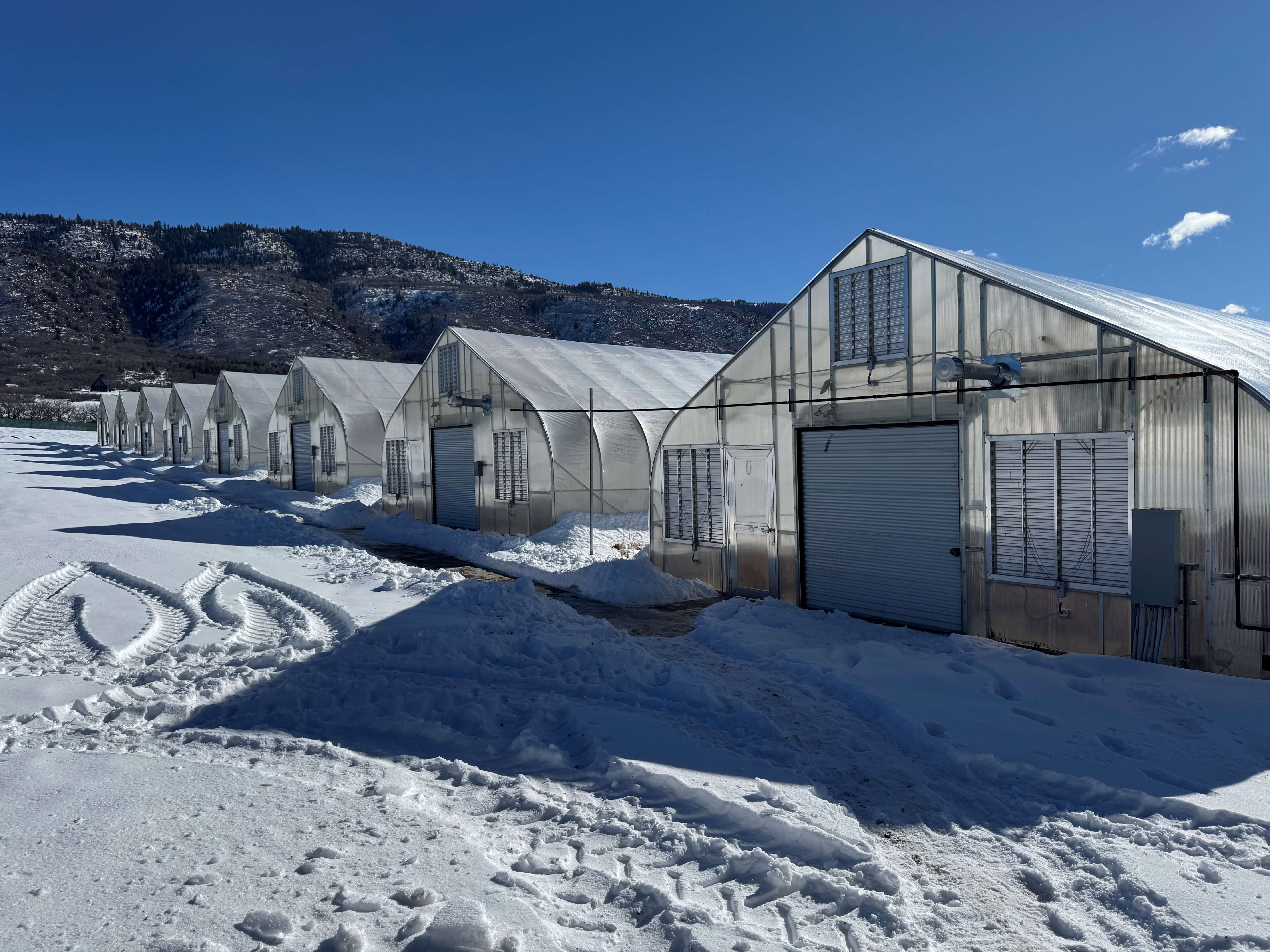
If you still have questions about choosing a site for your greenhouse or high tunnel, give us a call. We have sales representatives located around the country who can make a site visit and help you select the optimal location for your project.

